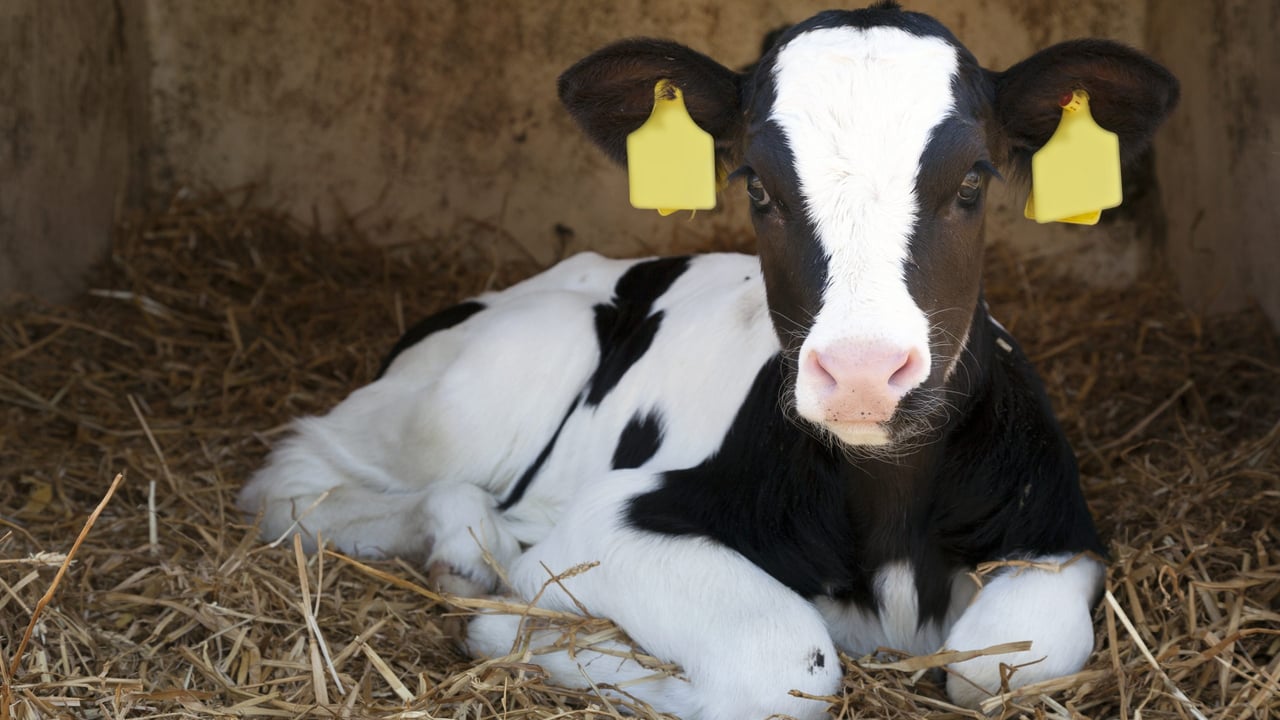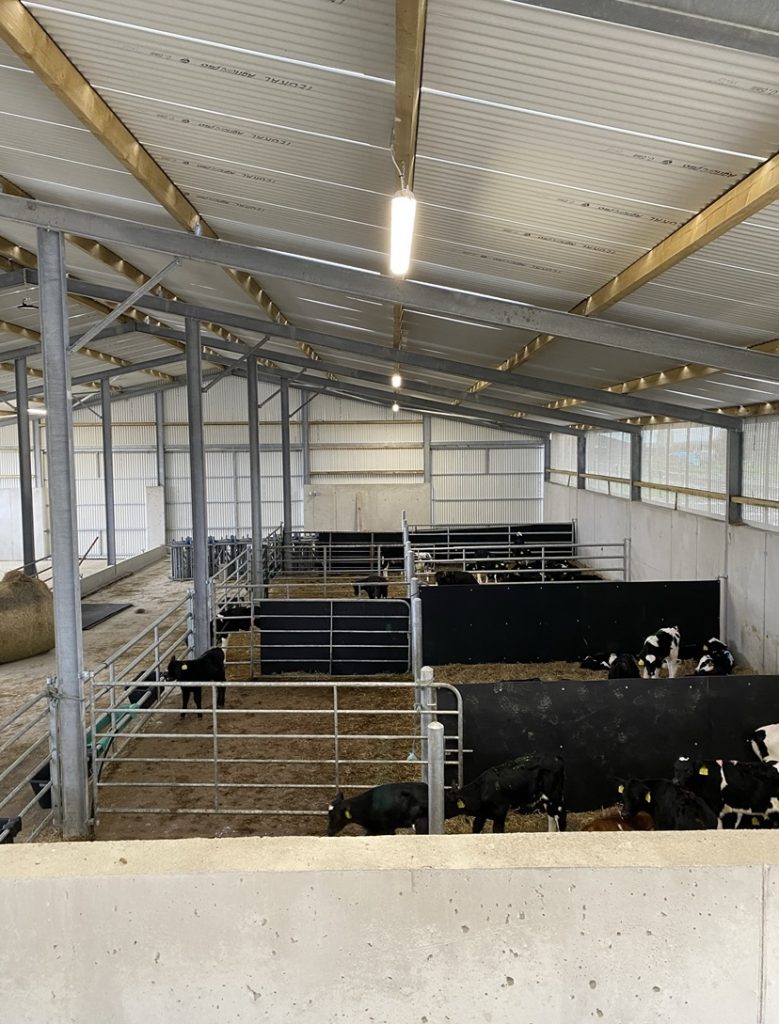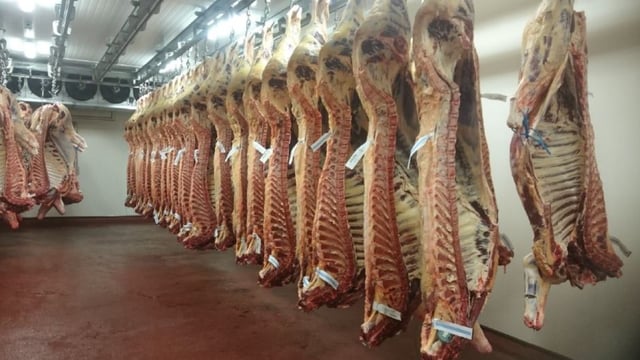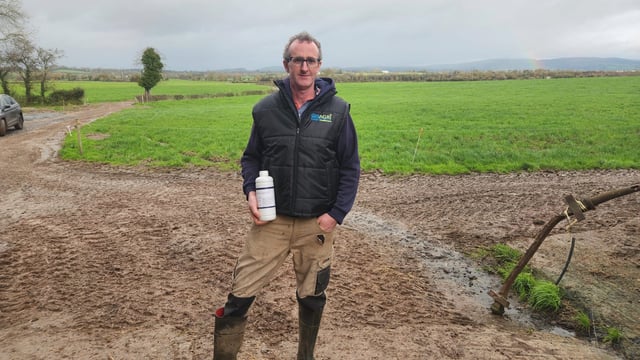What are the best practices when managing scour this autumn?
With autumn calving kicking off, farmers should be considering the best practices to put in place when trying to prevent scour in calves.
Scour in calves is most commonly caused by either parasites such as cryptosporidium and coccidia, or viruses like rotavirus and coronavirus.
Calf scour can also be caused by bacteria such as salmonella and Escherichia coli (E.coli), however these cases are not as common.
Eliminating the costly disease on farm level is near impossible; however, farmers can implement practices that can help reduce the number of cases and the severity of the infection.
Prevention
'Prevention is the best cure' certainly applies to calf scour, and one of the best prevention methods is ensuring calves receive adequate quality colostrum.
Remember to follow the 1, 2, 3 rule to ensure calves are being fed sufficient colostrum while following the correct management.
- A calf should be given their first feed from the first milking of the cow;
- A calf should be fed colostrum within two hours of birth;
- A calf should be fed at least 3L of colostrum (8.5% of the calf's bodyweight)
As a calf is susceptible to bacteria and viruses once it enters the birth canal, proper management when feeding colostrum is crucial to ensure it receives enough antibodies to fight them.
However, even with adequate colostrum, calves can be susceptible to scour if other prevention methods are not up to standard.
For example, poor hygienic standards where calves are in damp and filthy conditions can lead to scour from the parasite cryptosporidium.
The season is busy and many farmers may feel they do not have time to carry out regular cleaning of pens, often opting to put dry bedding over old damp bedding.
However, the damp under-bedding can still harbour bacteria and parasites, and with studies showing that scour can cost anywhere between €150-€190/calf, it is worth cleaning pens in between calves.
The setup in the image above illustrates an ideal practice for easy cleaning, the pens are separated into separate bedding and feeding areas.
There is no straw bedding in the front section, though calves can be locked in there while the rear sliding door is opened to let a machine in to clean out all of the old bedding quickly and efficiently.
New bedding can then be put in, greatly improving comfort and hygiene conditions for the calves, aw well as helping to reduce scour cases.
If regular cleaning is not possible, the straw layer put down on old bedding must be thick enough to prevent your knees from getting damp when kneeling.
Individual calf pens or isolation boxes should always be cleaned out between calves, as well as ensuring strong hygiene practices are in place when it comes to feeding equipment.
All buckets, milk carts, troughs, stomach tubes, and other equipment should be properly cleaned, with items such as teats having water squeezed through to ensure maximum hygiene.
Diagnosis
Keeping scour out of farms can be near impossible in the busy season, so it is important for farmers to be able to diagnose a calf early and administer to proper treatment.
The most notable appearance of calf scour is diarrhoea, where the faeces will be watery or 'custard-like'.
However, before this point farmers may notice their calf displaying signs of depression, fever, or anorexia. The calf may also be struggling to stand, as well as showing a decreased suckling reflex.
A farmer should start faecal testing, or scoring diarrhoea instantly as normal, loose, pasty, watery or containing blood in a bid to determine how fast a calf is likely to deteriorate.
A calf suffering with scour will also display signs of dehydration, which can be evaluated by how sunken the eye is in its socket, the colour and moisture of their gums, and the temperature of their ears.
Many farmers also also evaluate dehydration levels by pinching a fold of skin, and then timing how long it takes to flatten (under 2 seconds is normal levels of hydration).
Treatment
At this stage, the initial damage is done, and the calf will be scouring until the intestine is repaired, so it is important to give a calf the correct treatment.
Antibiotics should only be given to a calf that is physically sick alongside scouring (i.e. weak, fever), as antibiotics do not typically work against the parasites and viruses that cause calf scour.
Calves that are showing symptoms of scour should be separated from the group straight away in a bid to prevent the infection spreading.
One of the most important treatment methods is replacing the calf's fluids.
Farmers are reminded that healthy calves need up to 4L of fluids a day and scouring calves need an additional 4L to replace lost fluids.
These extra fluids can be fed in the form of electrolytes or 'milk-shakes' supplementation from the first sign of scour.
Some animals may be too weak to drink these fluids; however it is critical they get adequate intake, meaning weak calves should be stomach-tubed.
Feeding scoury calves milk has being proven to help heal the intestine, so offering undiluted milk to the calf should be encouraged.






